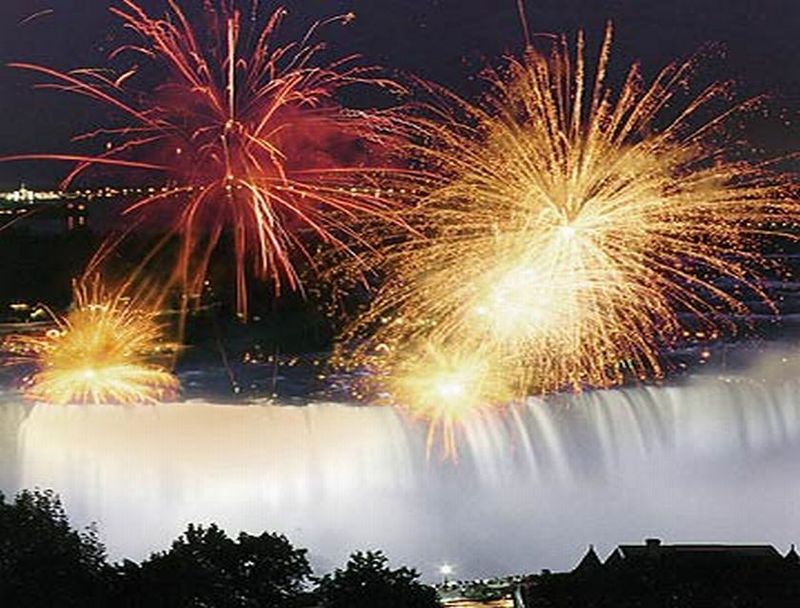Unless noted, the composers below are generally minimized or ignored by the musical establishment.
Post-romantic, mostly post-1930s composers of melodic instrumental music of high positive quiddity:
Hugo Alfven, Eric Coates, Frederic Curzon, Arthur Benjamin, Charles Villiers Stanford (instructor for Arthur Benjamin), Frederick Delius, Wilhelm Stenhammar, Nikolay (usually Nikolai) Medtner (a friend of Rachmaninoff's who never made it big), Percy Grainger (inventor of “free music” – long sustained notes with change in pitch), Joly Braga Santos, Leroy Anderson (who makes the “cut” for some establishment musicologists) and Aaron Copland (who also makes that “cut”).
plus soundtrack artists (who remain poison to certain musicologists and many symphony orchestras):
Rudolf Friml (a student of Antonin Dvorak!), Max Steiner (a student of Gustav Mahler!), George Gershwin (from tinpan alley and Broadway), Charles Chaplin (a musically untrained director and actor), Richard Rodgers (famous for Broadway collaborations, mentioned here for his instrumental work such as “Victory at Sea” and “Slaughter on Tenth Avenue”), Harry Warren, Franz Waxman, Victor Young (a conductor who was sometimes also composer, sometimes arranger), Bernard Herrmann, Hoagy Carmichael (composer of the most recorded song in world history), David Rose, Peter Kater, and Angelo Badalamenti.
Special mention: the genius for arrangement by young Percy Faith was astounding. He took Hugo Alfven's “Swedish Rhapsody,” grossly shorted it in length, and made it a better piece of music that got a lot of radio airplay in the 1950s. Furthermore, Faith's harpsichord arrangement of “Delicado” (1952) and masterpiece of a remake of this song in 1962 are also short orchestral songs of power and brilliance.
It is a mandatory feature of a genre or subgenre of music that it can be defined by a particular, exclusive, defining mix of qualities and characteristics. This group of composers establish themselves as a peak of high positive quiddity through the following specific hallmarks:
clever, catchy melody
moments of unabashed melancholy (since about 1958, in the manner of Bossa Nova)
surprising moments of deep sensuality
unexpected solo instrumentals
very long end notes that may change key (Percy Grainger's contribution in this area)*
often sound like successors to Rimsky-Korsakov's Scheherazade or Cappricio Espagnol
tend to require extreme sensitivity and deftness by the conductor**
* a drawn out end note is very useful indeed in soundtracks
** “Slaughter on Tenth Avenue,” for example, is just awful if poorly conducted. It seems that only Badalamenti can be imagined conducting his own compositions; this is also true of Mancini and Barry, mentioned immediately below.
The next blog posting will be about the importance of boogie woogie and rock and roll in 20th century instrumental music. Following that entry, another blog will mention two further soundtrack composers who thoroughly integrated boogie and rock into their opus: Henry Mancini and John Barry.
Footnote: What I've done is offer a list of overlapping, continuous, unbroken talent that have kept melodic instrumental orchestration alive and perhaps thriving. This list of composers in today's blog entry is emphatically not meant to be complete and universal. I have not finished looking into this category. Don't hesitate to use the comments section to list additional modern composers of high quiddity.

No comments:
Post a Comment